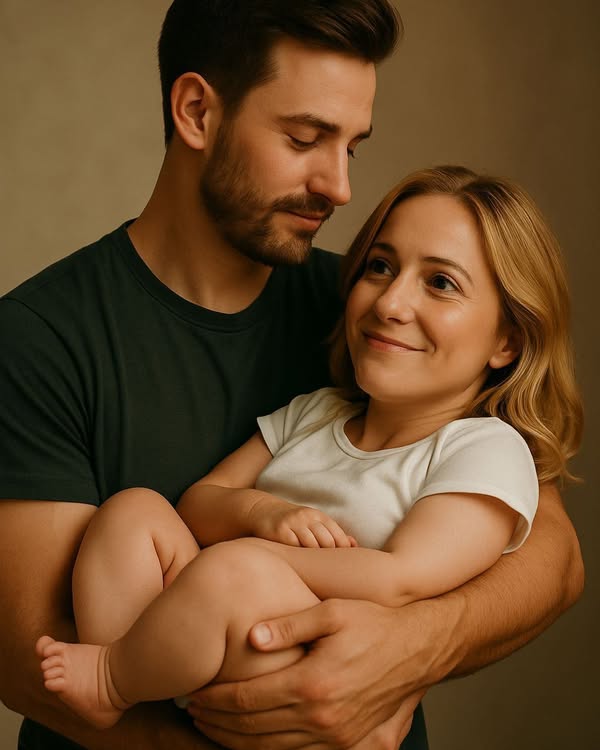Blending In
There are many reasons to have camouflage clothing. From the point of view of the American Rifleman, there exists the possibility that being called on to defend the US might require violence. Should the American Rifleman find need of violence, then it is wise to prepare to defend against same.
One way of preventing the opponent's violence is to stay hidden. Should the American Rifleman find himself in violent times, staying concealed is of the utmost importance. There are many options available, and the majority are extremely effective in their intended use.
The author's choices of camouflage are:
1. Urban / Suburban.
This consists of jeans / khakis, plain shirts, unremarkable shoes or hiking boots, and generally ordinary attire. The idea here is that concealment is to be had by looking ordinary. Colors should primarily be browns, greys, blues, and black. Common styles and accessories are ideal.
2. Outdoors
The author selects the traditional "woodland camouflage" for use during April - October.
Similarly, the traditional US desert 3-colorr is for November - March, when much of the local landscape is marked by wintertime drab browns and greys.
Other reasonable patterns exist in large numbers. There are various hunting styles that mimic trees or other woodland environments. Additionally, there are other military style patterns available, too. Each has its merits, and would make a good choice in the right situation.
One reason the author elects to avoid current use military patterns is due to the fact that the author never served, and would prefer to avoid giving the impression that this was the case.
3. Special considerations
Snow, lakes, destroyed buildings, and countless other possibilities exist that would legitimize the use of other patterns by a person. In short, being an American Rifleman is about adapting. The program has no specified uniform, to be sure.
.
One way of preventing the opponent's violence is to stay hidden. Should the American Rifleman find himself in violent times, staying concealed is of the utmost importance. There are many options available, and the majority are extremely effective in their intended use.
The author's choices of camouflage are:
1. Urban / Suburban.
This consists of jeans / khakis, plain shirts, unremarkable shoes or hiking boots, and generally ordinary attire. The idea here is that concealment is to be had by looking ordinary. Colors should primarily be browns, greys, blues, and black. Common styles and accessories are ideal.
2. Outdoors
The author selects the traditional "woodland camouflage" for use during April - October.
Similarly, the traditional US desert 3-colorr is for November - March, when much of the local landscape is marked by wintertime drab browns and greys.
Other reasonable patterns exist in large numbers. There are various hunting styles that mimic trees or other woodland environments. Additionally, there are other military style patterns available, too. Each has its merits, and would make a good choice in the right situation.
One reason the author elects to avoid current use military patterns is due to the fact that the author never served, and would prefer to avoid giving the impression that this was the case.
3. Special considerations
Snow, lakes, destroyed buildings, and countless other possibilities exist that would legitimize the use of other patterns by a person. In short, being an American Rifleman is about adapting. The program has no specified uniform, to be sure.
.




Comments
Post a Comment
Your comment will be displayed after approval.
Approval depends on what you say and how you say it.